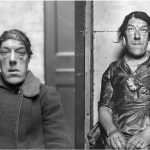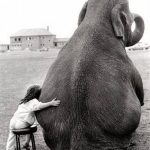The Man Who Became a Number — and the Face That Endures 🕯️
- MinhKhue
- October 15, 2025
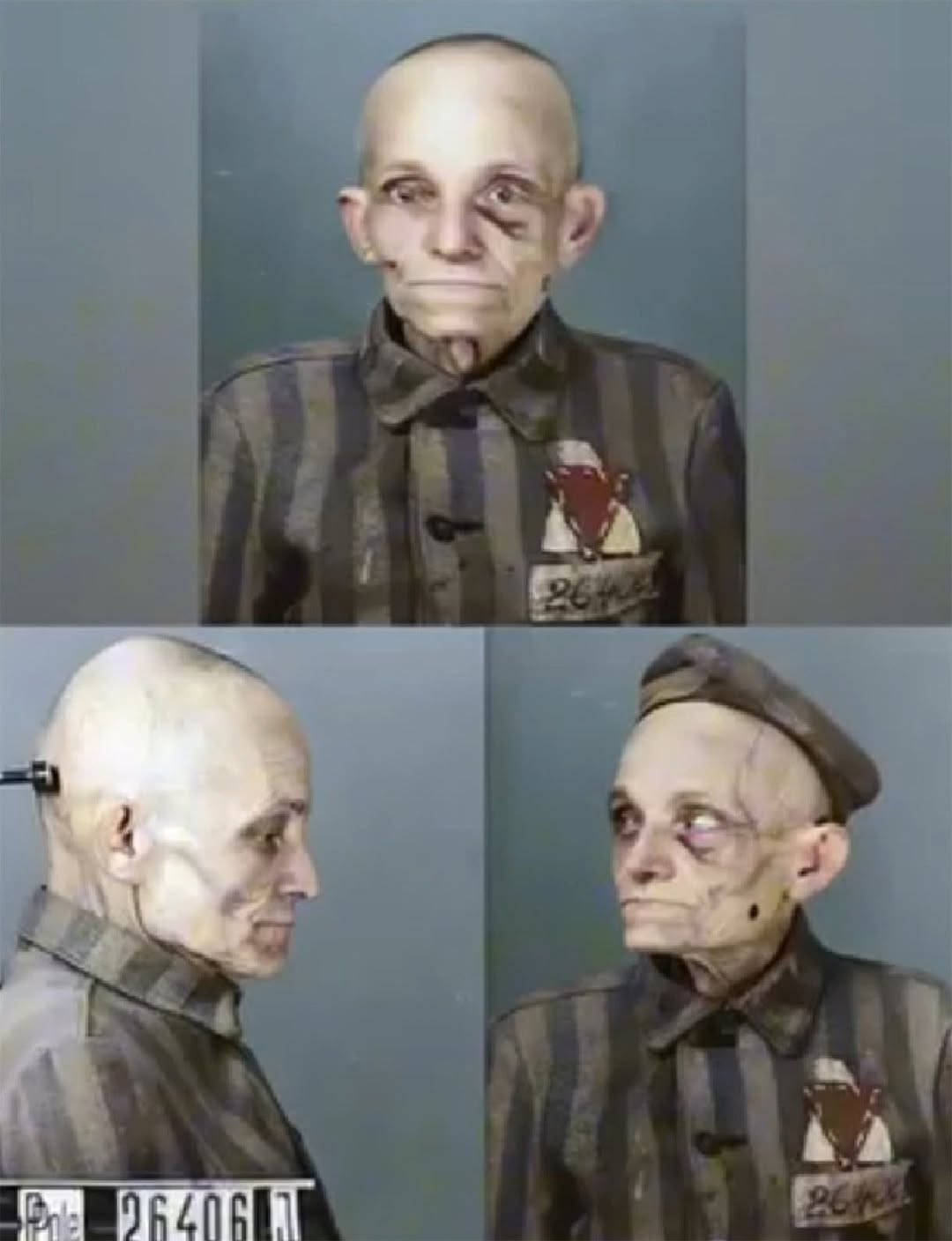
This is Aron Löwi, a 62-year-old Polish Jewish merchant from Zator — a husband, a neighbor, a man who once laughed, traded, and dreamed like anyone else. 💔 He lived a life built on family, community, and the quiet rhythm of ordinary days. But on March 5, 1942, that life was stolen forever.
 When Aron arrived at Auschwitz, the Nazis stripped him of everything — his clothes, his possessions, even his name. From that moment, he was prisoner number 26406. ⚙️ The intake photographs, taken as part of the camp’s cruel bureaucracy, show a man already shattered — bruised, starved, hollow-eyed — the spark of life dimmed by terror and exhaustion. 🚪🔥
When Aron arrived at Auschwitz, the Nazis stripped him of everything — his clothes, his possessions, even his name. From that moment, he was prisoner number 26406. ⚙️ The intake photographs, taken as part of the camp’s cruel bureaucracy, show a man already shattered — bruised, starved, hollow-eyed — the spark of life dimmed by terror and exhaustion. 🚪🔥
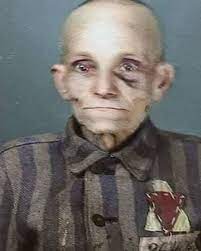 Pinned to his striped uniform were symbols meant to erase him:
Pinned to his striped uniform were symbols meant to erase him:
⭐ a yellow star for being Jewish,
🔺 a red triangle for being a political prisoner.
Others wore green for “criminal,” pink for “homosexual,” black for “asocial.” Each color was a brand — a system of hate designed not only to control, but to dehumanize. 💢
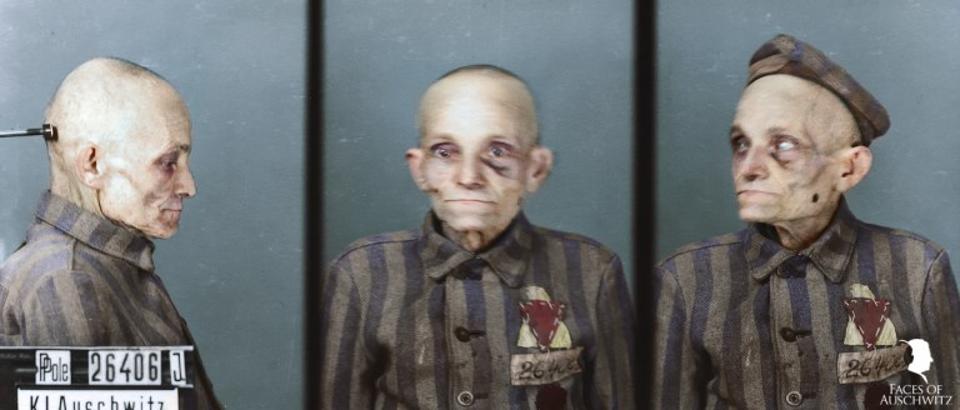 Aron’s time in Auschwitz lasted just five days — he arrived on March 5th and was gone by March 10, 1942. His cause of death was never recorded. There was no grave, no farewell, no last letter. Only a number in a ledger, and a fading photograph that somehow survived the war. 📖🖤
Aron’s time in Auschwitz lasted just five days — he arrived on March 5th and was gone by March 10, 1942. His cause of death was never recorded. There was no grave, no farewell, no last letter. Only a number in a ledger, and a fading photograph that somehow survived the war. 📖🖤
Yet that photo speaks louder than the machinery of death ever could.
It says: He lived. He mattered. He was loved. 🕊️
In that monstrous system built to erase humanity, even a single face remembered becomes an act of quiet defiance. Today, when we look into Aron Löwi’s eyes, we return to him the one thing the Nazis could never truly destroy — his name. ✡️📷
May his memory be a blessing. 🕯️


